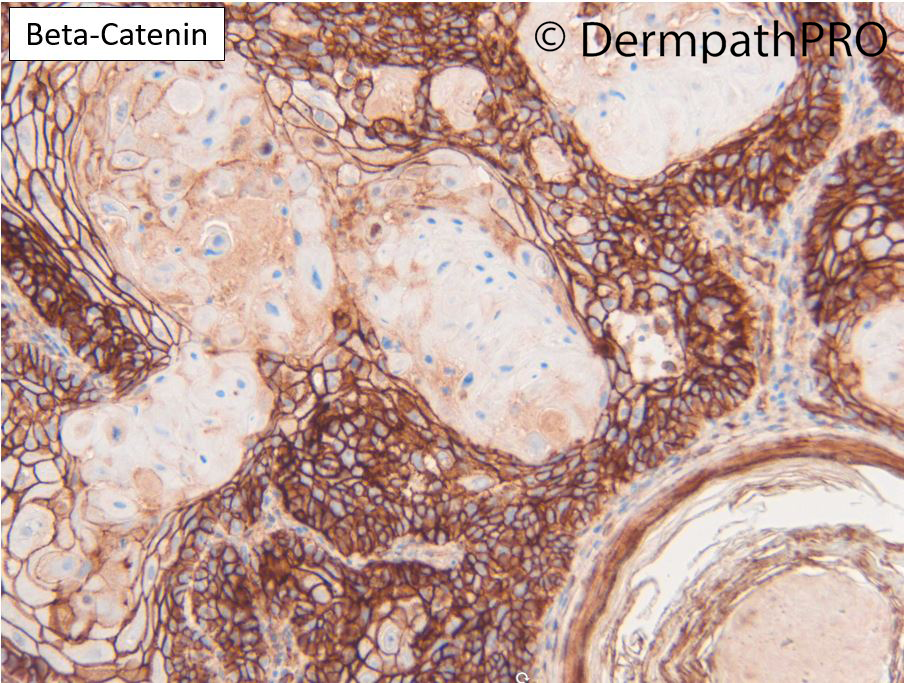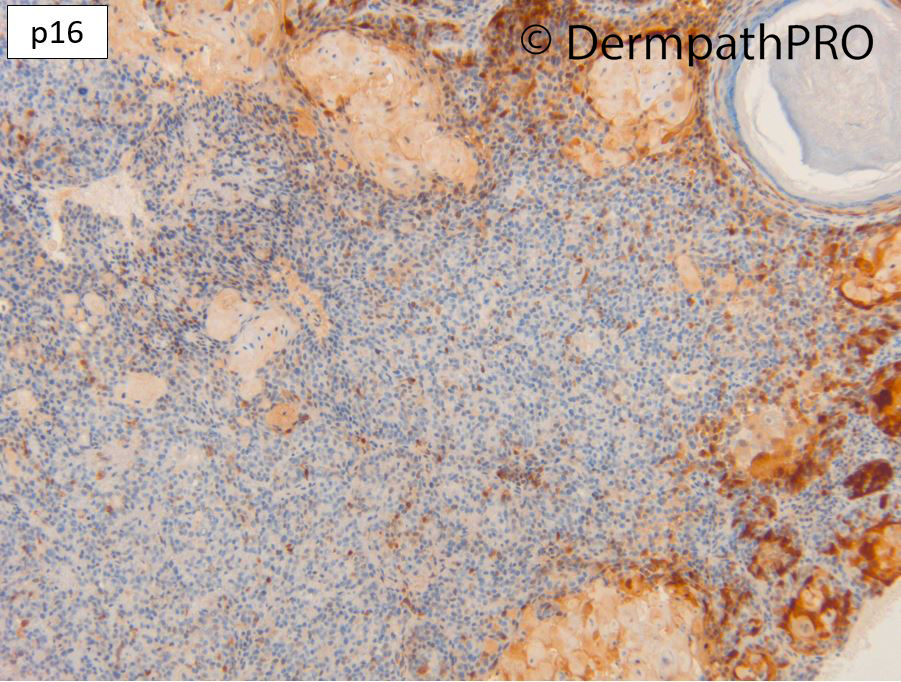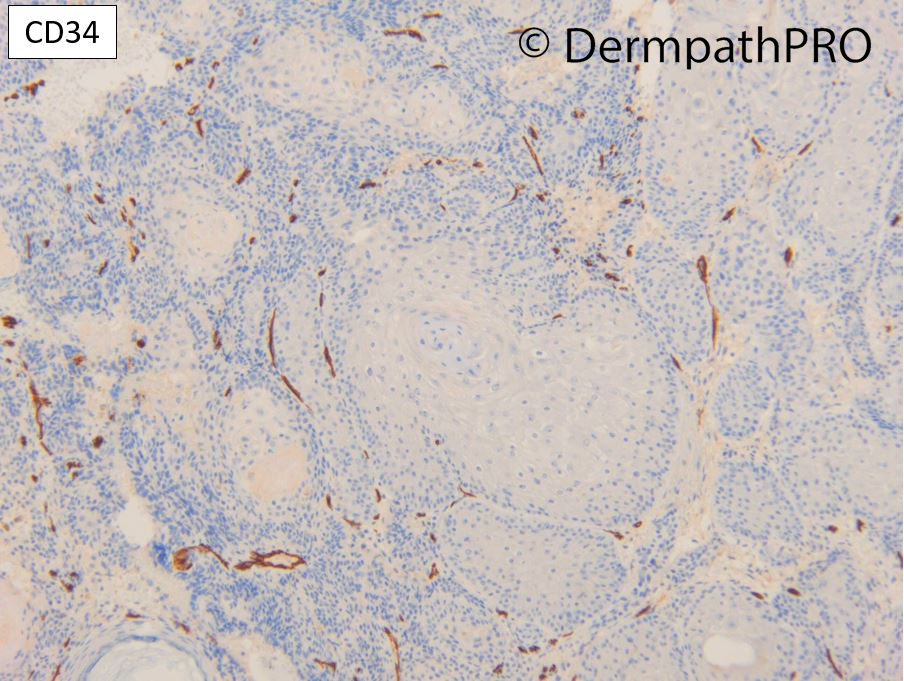-
 1
1
Case Number : Case 2927 - 24 September 2021 Posted By: Dr. Richard Carr
Please read the clinical history and view the images by clicking on them before you proffer your diagnosis.
Submitted Date :
M70 Vertex scalp. 8mm nodule grew in 2/52. ?AFX ?SCC















Join the conversation
You can post now and register later. If you have an account, sign in now to post with your account.